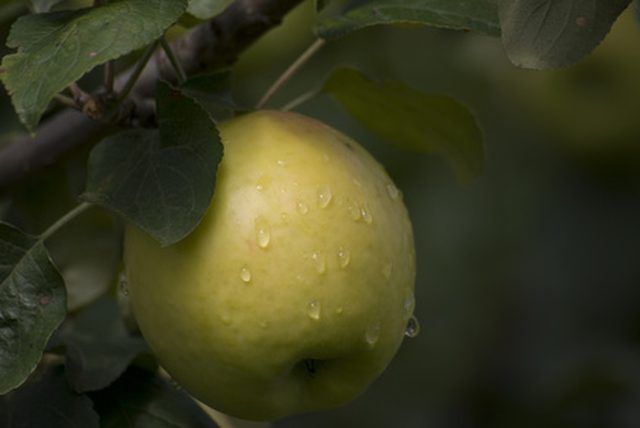Bulbs
Flower Basics
Flower Beds & Specialty Gardens
Flower Garden
Garden Furniture
Garden Gnomes
Garden Seeds
Garden Sheds
Garden Statues
Garden Tools & Supplies
Gardening Basics
Green & Organic
Groundcovers & Vines
Growing Annuals
Growing Basil
Growing Beans
Growing Berries
Growing Blueberries
Growing Cactus
Growing Corn
Growing Cotton
Growing Edibles
Growing Flowers
Growing Garlic
Growing Grapes
Growing Grass
Growing Herbs
Growing Jasmine
Growing Mint
Growing Mushrooms
Orchids
Growing Peanuts
Growing Perennials
Growing Plants
Growing Rosemary
Growing Roses
Growing Strawberries
Growing Sunflowers
Growing Thyme
Growing Tomatoes
Growing Tulips
Growing Vegetables
Herb Basics
Herb Garden
Indoor Growing
Landscaping Basics
Landscaping Patios
Landscaping Plants
Landscaping Shrubs
Landscaping Trees
Landscaping Walks & Pathways
Lawn Basics
Lawn Maintenance
Lawn Mowers
Lawn Ornaments
Lawn Planting
Lawn Tools
Outdoor Growing
Overall Landscape Planning
Pests, Weeds & Problems
Plant Basics
Rock Garden
Rose Garden
Shrubs
Soil
Specialty Gardens
Trees
Vegetable Garden
Yard Maintenance
How to Grow Apple Trees Indoors
How to Grow Apple Trees Indoors. Apple trees, known botanically as Malus domestica, are fruit-bearing, deciduous, perennial trees that grow best in USDA plant hardiness zones 3 through 8. If you live in an unsuitable climate or simply don't have the space in your garden or home landscape to grow an apple tree, you don't have to give up your dream...

Apple trees, known botanically as Malus domestica, are fruit-bearing, deciduous, perennial trees that grow best in USDA plant hardiness zones 3 through 8. If you live in an unsuitable climate or simply don't have the space in your garden or home landscape to grow an apple tree, you don't have to give up your dream of fresh, home-grown apples just yet. Apple trees are just one example of the many types of fruit trees that respond well to being grown indoors in containers. Because standard size apple trees can reach heights of 39 feet, indoor apple growers should select a dwarf apple tree variety.
Things You'll Need
Dwarf apple tree
Planting container
Drill (if necessary)
Measuring tape
Wire mesh screen
Scissors
Landscaping gravel
Peat moss
Coarse builder's sand
Perlite
Watering can
10-10-10 fertilizer
Purchase a dwarf variety of apple tree from your local garden center or nursery. Order dwarf apple trees from reputable catalog or online garden centers if you are unable to locate them in your area.
Select a suitable planting container for your indoor dwarf apple tree. Choose a planting container that is large enough to house the roots of your dwarf apple tree while providing a couple extra inches of growing space. Look for a container with at least four 1/4-inch drainage holes in the bottom to allow excess water to drain away from your tree's roots. Drill additional drainage holes in the bottom of your planting container, if necessary.
Measure the bottom inside your planting container with a measuring tape. Make a note of the measurements and cut a wire mesh screen to that size. Place the wire mesh screen in the bottom of your planting container and cover it with 2 inches of landscaping gravel to prevent soil from washing out during watering.
Mix equal parts peat moss, coarse builder's sand and perlite to create a fertile, well-draining growing medium for your dwarf apple tree. Add enough growing medium to the bottom of the container so that, when planted, your dwarf apple tree will sit at the same level as it was planted in its nursery container.
Remove your dwarf apple tree from its nursery container and center it in the prepared planting container. Fill in the space around your tree with the well-draining growing medium blend. Pack down the surface of the growing medium to secure your dwarf apple tree in its container.
Position your dwarf apple tree within 4 feet of a sunny window where your tree can receive a minimum of six, but preferably eight, hours of direct sunlight per day. Keep the tree at least 6 feet away from heaters, air conditioners or drafts.
Water your dwarf apple tree immediately after planting it in the planting container to thoroughly moisten the growing medium. Continue to water your tree as often as necessary to keep the growing medium consistently moist. Note that container-grown fruit trees require more frequent watering than trees planted in the ground.
Fertilize your dwarf apple tree with a balanced 10-10-10 fertilizer in the late winter or early spring, before new growth is observed. Follow the application instructions on your fertilizer package to avoid over-fertilizing your indoor, container-grown dwarf apple tree.
Tips & Warnings
Indoor, container-grown fruit trees do not usually require regular pruning. Prune your dwarf apple tree, as needed, to remove diseased, damaged or dead branches.
Avoid allowing the growing medium in your planting container to become waterlogged. If left in standing water, the roots of your dwarf apple tree can easily rot.